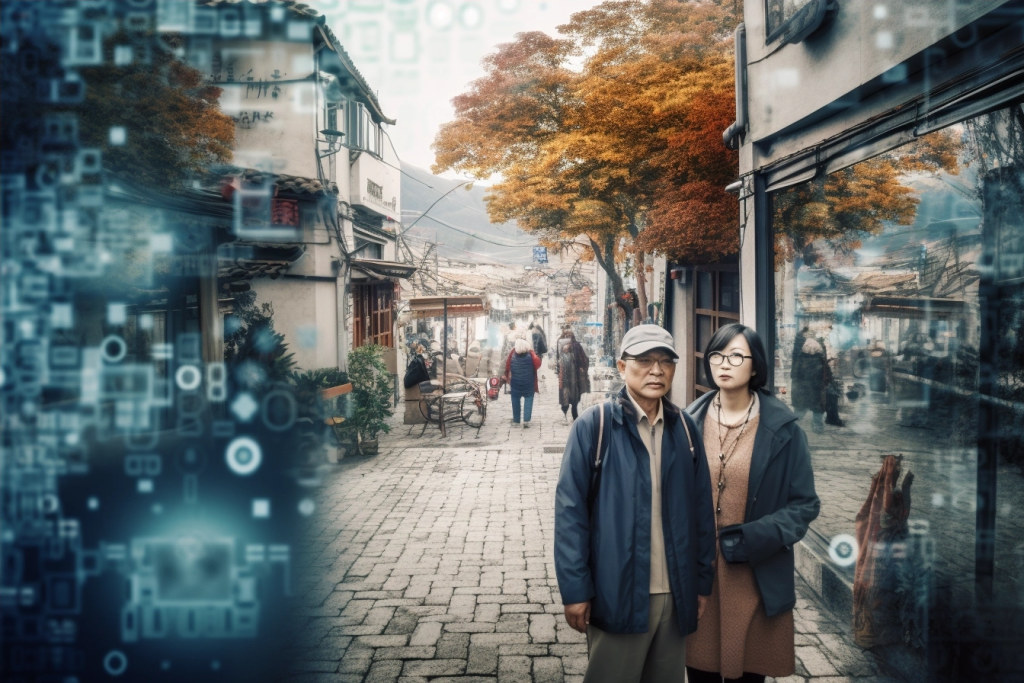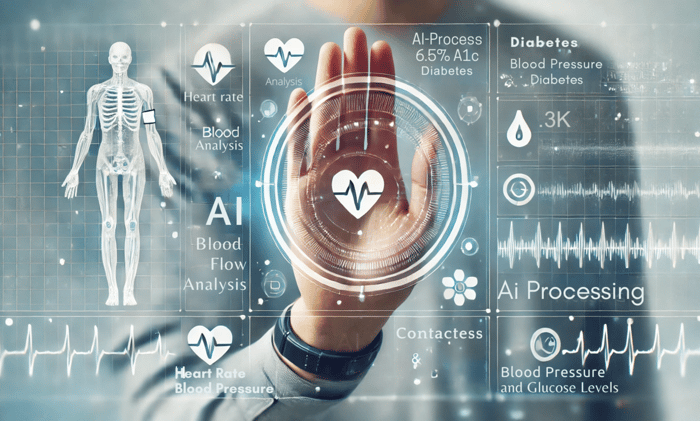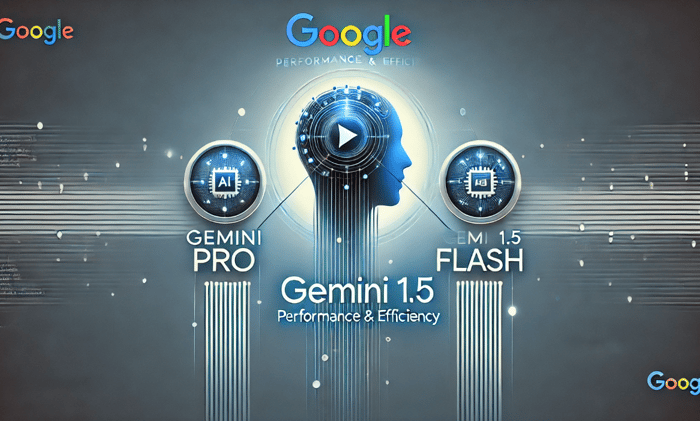As technology continues to advance at an unprecedented rate, artificial intelligence (AI) is becoming a powerful force in creating highly realistic images. A recent study has found that state-of-the-art AI-generated images can deceive the human eye to a significant degree, making it increasingly difficult to differentiate between AI-generated images and real photography.
The Current State of Image Generation
Current state-of-the-art image generation models have made significant strides in creating highly realistic images. These models can produce high-quality images that are comparable to those taken with traditional cameras. The study highlights the limitations and challenges faced by AI in generating accurate and lifelike images, including:
- Creating Images of Multiple People: One of the biggest challenges faced by AI is creating images of multiple people in a single scene. This requires advanced techniques for handling object relationships and interactions.
- Producing Realistic Human Hand Gestures: Another challenge is producing realistic human hand gestures, which require a deep understanding of anatomy and kinematics.
- Generating Images without Strange Details or Blurriness: AI models must also be able to generate images that lack strange details or blurriness, which can be a significant challenge.
Applications of Artificially Intelligent Images
Despite the challenges faced by AI in generating accurate and lifelike images, there are numerous applications for artificially intelligent image creation (AIGC). Some of these include:
- Advertising Campaigns: AIGC can be used to create high-quality images for advertising campaigns, allowing businesses to showcase their products in a more realistic light.
- Product Catalogs: AIGC can also be used to create product catalogs, which can help businesses showcase their products in a more visually appealing way.
- The Gaming Industry: Finally, AIGC has the potential to revolutionize the gaming industry by creating highly realistic images that can be used in games.
Societal Implications of Artificially Intelligent Images
While AI-generated images have numerous applications, they also raise concerns about their societal implications. As AI-generated images become more difficult to distinguish from real images, there is a growing risk of AI models producing content that contradicts or even absurdly violates reality. This can lead to the spread of false information, inciting violence, or causing harm to individuals or organizations.
Mitigating the Negative Impacts of Artificially Intelligent Images
To mitigate these negative impacts, researchers and practitioners in the field of AIGC must develop strategies for identifying AI-generated images, establishing guidelines for their ethical use, and raising public awareness about their existence and potential impact. Some possible approaches include:
- Developing Methods to Identify AI-Generated Images: One approach is to develop methods that can identify AI-generated images, allowing users to distinguish between real and fake content.
- Establishing Guidelines for Ethical Use: Another approach is to establish guidelines for the ethical use of AIGC, ensuring that AI models are used responsibly and do not produce content that contradicts or violates reality.
- Raising Public Awareness: Finally, it is essential to raise public awareness about the existence and potential impact of AIGC, allowing individuals to make informed decisions about their use.
The Positive Impact of Artificially Intelligent Images
While AI-generated images raise concerns about their societal implications, they also have a number of positive applications. For example:
- Creating Works of Art and Photography: AI has shown remarkable performance in creating works of art and photography, leading to new opportunities for artists, designers, and users.
- Generating Unique and Novel Images: AIGC allows people to generate unique and novel images that might not have been possible otherwise, leading to new ideas and inspiration.
- Optimizing Existing Works: Finally, AI technology can help optimize existing works of art and photos, improving quality and restoring historic photographs or artworks.
Future Directions for Artificially Intelligent Images
The study’s findings point to several academic directions that could be explored in the future, including:
- Using AI to Detect AI-Generated Images: One possible direction is using AI to detect AI-generated images, allowing users to distinguish between real and fake content.
- Designing Better Image Generation Models: Another direction is designing better image generation models, which can produce highly realistic images with minimal computational resources.
- Addressing Issues Related to Data Imbalance, Long-Tail Problems, and Bias: Finally, researchers should also focus on addressing issues related to data imbalance, long-tail problems, and bias in AI-generated images.
Conclusion
The current state-of-the-art image generation model can significantly deceive human perception, making high-quality AI-generated images comparable to real photographs. As a result, it is essential for researchers to develop secure and reliable AIGC systems for real-world applications while ensuring responsible and ethical use of AIGC technology in the future. Prioritizing responsible development and use of generative AI is crucial to ensure a positive impact on society.
References
- Towards Data Science: "A Pathway Towards Responsible AI-Generated Content" https://towardsdatascience.com/a-pathway-towards-responsible-ai-generated-content-6c915e8155f9




